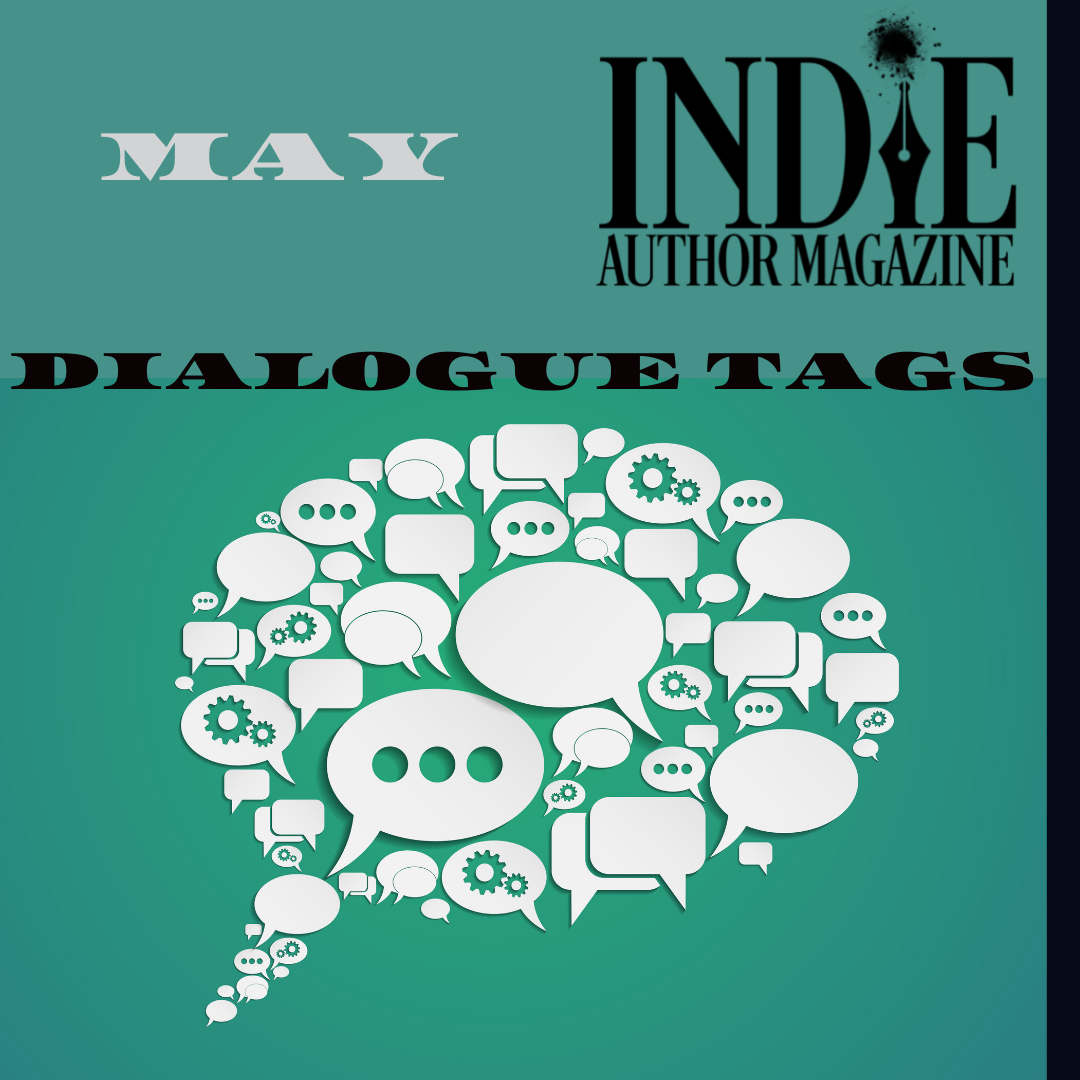Best Practices for Writing and Formatting Dialogue
Jackie Dana
Ah, the humble dialogue tag. They are some of the most powerful tools in your author toolbox, helping your reader visualize a scene and who’s speaking, and often conveying subtle action. But despite their value in a story, they’re best when they’re not even noticed.
Many writers, both inexperienced and seasoned, stumble over how to best utilize dialogue tags.
“Let’s look at dialogue tags,” she said. And so we shall.
Dialogue Tags: Seen but Not Heard
When writing third-person point-of-view stories, using the basic tag “said”—or “says” for present tense, and “asked” and “replied” for questions and responses—is one of the best things you can use in your novels.
Although the word “said” is about as exciting and descriptive as the color beige, you might be surprised how effective it is. Generally, readers like lots of dialogue tags, especially when there are rapid-fire conversations or more than two people speaking. Using simple words makes dialogue tags invisible to the reader.
The rule is a bit looser for first-person or close third-person narratives. Depending on how you’re telling the story, and how you handle dialogue, your tags may end up being internalized or less formal, reflecting the narrator's voice.
For all points of view, qualify the tone once in a while using a word like “whispered” or “chortled,” particularly when you want to make a point. But use such words sparingly. Dialogue tags are best when seen but not heard, and the more your protagonist guffaws, whines, and hisses, the more likely you’ll make your reader groan.
The Adverb Conundrum
In his book On Writing, Stephen King famously advises people to avoid adverbs at all costs. While writers everywhere debate the point, when it comes to dialogue tags, King was absolutely correct. Over one hundred years ago, Tom Swift novels used adverbs to modify “said” or other verbs within dialogue tags. For example:
“Don’t go over there,” he cried worriedly.
“I won’t,” she called back, cheerfully.
Using adverbs in this way will muddy your prose, and many writers consider it a lazy way to describe the actual conversation.
Rather than resort to adverbs, there’s a better solution. Embed character actions into your dialogue tags. This will enrich the scene and make your characters more lifelike. Try something like this instead.
His eyes went wide, and he ran in her direction. “Don’t go over there!”
“I won’t.” Janey dropped into the grass yards away from the fence where the dog was barking and started picking dandelions.
By adding descriptive actions, you can avoid dialogue tags entirely while better conveying the setting, character’s mood, or physical actions.
The Punctuation Puzzle
When writing dialogue and associated tags in American English, enclose the spoken words within double quotation marks, with the comma, period, or question mark inside the quotation marks. And start a new paragraph each time the speaker changes.
For example:
“How are you?” she asked.
“Middling,” he replied. “I’ve been better.”
If a quote appears within another line of dialogue, alternate double quotation marks and single quotation marks as follows: “She said to tell you ‘Happy birthday,’” I said. British English and other countries will place the terminal punctuation outside the quotes and may also utilize single quotation marks in place of double quotation marks, and vice versa.
Don’t Be Afraid to Spice It Up
As you write, practice variety. Here are some things to try:
- Vary the location of dialogue tags, sometimes using them at the start of a sentence and sometimes at the end.
- Break up the first sentence in a longer speech with a dialogue tag. For example: “When I was a boy,” Lincoln said, removing his hat and wiping his forehead, “life was a lot easier than it is today.”
- Write rapid conversations, such as when people are angry or scared, with minimal tags, and see how it changes the pacing.
- Play around with interruptions. For example, "But I thought you said—" he began, only to be cut off by her sharp retort, "I don't care what you thought!"
Truly skilled authors will use dialogue tags so masterfully that they bring the dialogue to life with an economy of words, allowing the reader to visualize the entire scene without getting distracted by the little cues along the way.
Jackie Dana










